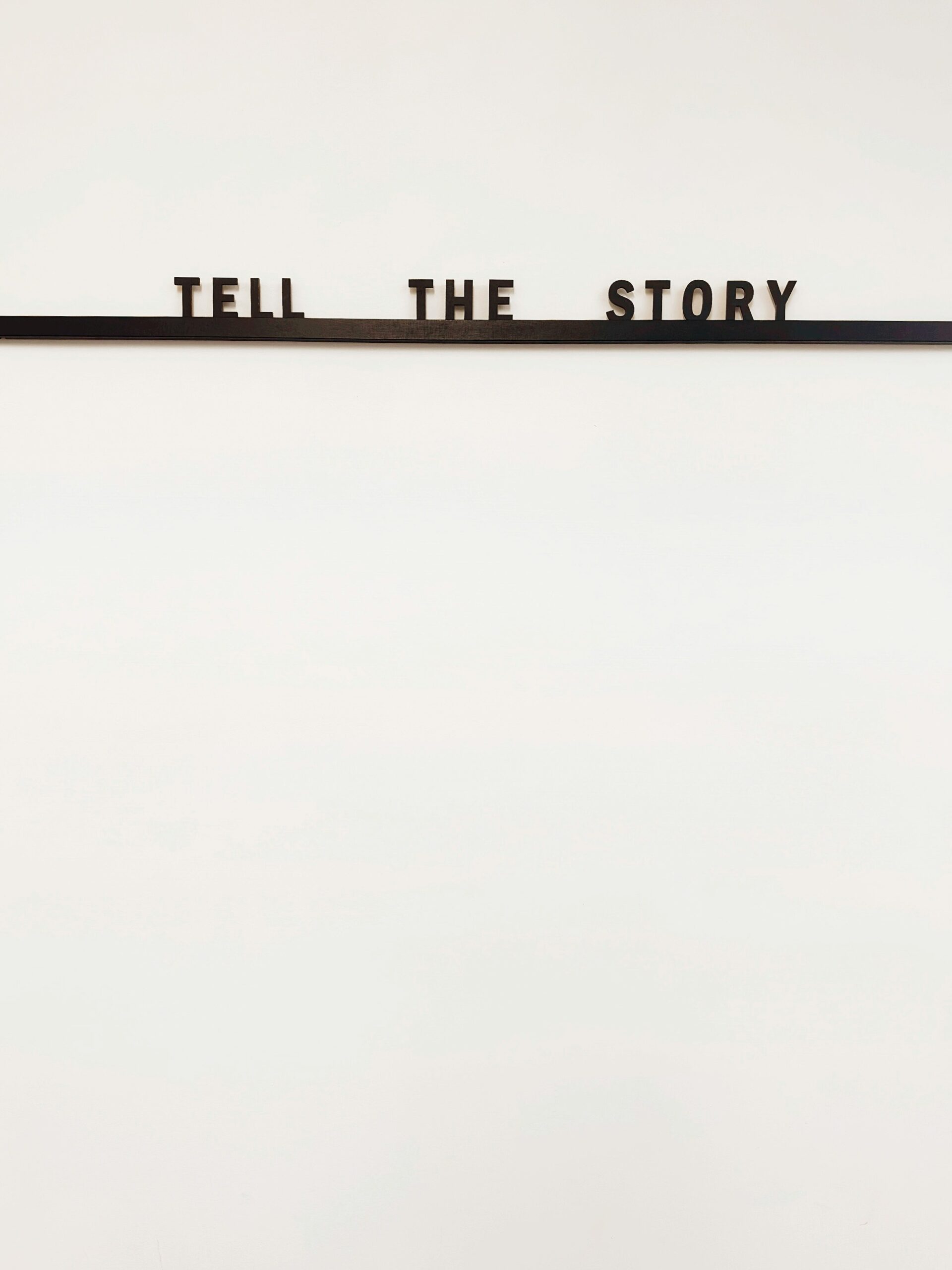How to Write an Awesome Curated Blog Post
Sometimes, ideas elude you. You sit, hands poised above the keyboard … and you check Facebook. And then Twitter. And you ignore the glaring problem at hand:
You have nothing to write about.
But friend, you’re wrong.
There’s always something to write about. You just need to find it.

That’s where content curation can help. According to my favorite definition by Beth Kantor,
“Content curation is the process of sorting through vast amounts of content on the web and presenting it in a meaningful and organized way around a specific theme.”
It’s what we do on social media when we share articles we think our audience will enjoy – whether that audience is our clients or customers through our business accounts, or our friends and family through our personal social profiles.
Content curation is how the latest “viral video” spreads, and how great ideas and reporting influence the masses so quickly. It’s powerful. And it can help you create an endless amount of content that is truly valuable to your audience.
You just have to put in the work.
Alas, curating content for a blog is not as easy as pressing the “share” button. You need to be thoughtful and strategic when writing a curated post. But you can do it. And here’s how:
1. Find source material that sparks something in you.
I recently wrote about how important it is to be an active reader, and this is especially true when content curation is part of your role.
When you read an article and it gives you a reaction – a reaction that you feel compelled to share on social media – it is a contender for a curated blog post. Because to create an interesting post, you first have to be interested. You have to have something to say about the topic and be open to learning more. So if you’re not really interested, read on.
2. Make it personal.
Once you find an article that is compelling enough to make you click out of Facebook and back into your Word document, ask yourself:
- Does my audience need to know about this?
- Why does my audience need to know about this?
- How does this information affect/influence them?
- How can I make this topic more personal for them?
For example, if you read a general statistic about changes in your industry, how can you put that information in context for your specific audience? What implications does that statistic have on the way your audience makes decisions, or does business, or simply goes about their lives?
Write down those answers. Really. Take some quick notes first on your personal reaction to the article or topic, and then on how to make the topic more specific for your audience.

3. Pull out powerful quotes.
After you have a draft of what you want to say about the topic, scan the article to find the most meaningful quotes or information. Use one or two of these power lines throughout your article to reinforce your main points.
But beware – some publications have limitations on what you can republish without prior approval, so always check publication guidelines. And always attribute the author and the source publication, and link back to the original article.
4. Pump up the value.
The best curated articles don’t read like curated articles – they read like original articles that uses source material to make a case. Consider this as you write.
One way to make a curated article read more like an original? Use more than one source article. Do more research to see what else is being said or reported on the topic. Is there another angle you can cover? An opposing side that deserves some attention? A unique idea on how to solve the issue or address the topic? Include some added (cited!) value, and your article will not only report on the topic, but be more meaningful to your audience.
Want more curated goodness? Check out:
- What Is Content Curation?
- 20 Best Tips For Curating Content Like A Pro
- How To Prioritize Your Marketing & Business Reading List
- Content Curation: A Cure For Lame Excuses Against Content Marketing
- Why You Need A Content Curation Tool (And How To Choose One)
And remember, subscribe below for weekly tips on how to create and share awesome content that makes your audience take action.
MORE ARTICLES
-
 Clarity in 50 Words or Less: How to Write Your School’s One-Sentence Story
Clarity in 50 Words or Less: How to Write Your School’s One-Sentence Story -
 The 4 Building Blocks of a Strong School Story (and Why AI Needs Them)
The 4 Building Blocks of a Strong School Story (and Why AI Needs Them) -
 How to Stop ChatGPT from Making Your School Sound Generic
How to Stop ChatGPT from Making Your School Sound Generic -
 What Should Your School Do with Its Blog Now That AI Is Changing Search?
What Should Your School Do with Its Blog Now That AI Is Changing Search? -
 What Is Your Private School’s Bold & Unifying Big Promise?
What Is Your Private School’s Bold & Unifying Big Promise? -
 Viewbook Best Practices for Private Schools
Viewbook Best Practices for Private Schools -
 AI Writing Prompts to Power Private School Storytelling
AI Writing Prompts to Power Private School Storytelling -
 How to Write a Magnetic Private School “About” Page
How to Write a Magnetic Private School “About” Page
[…] Full article on Cursive. […]